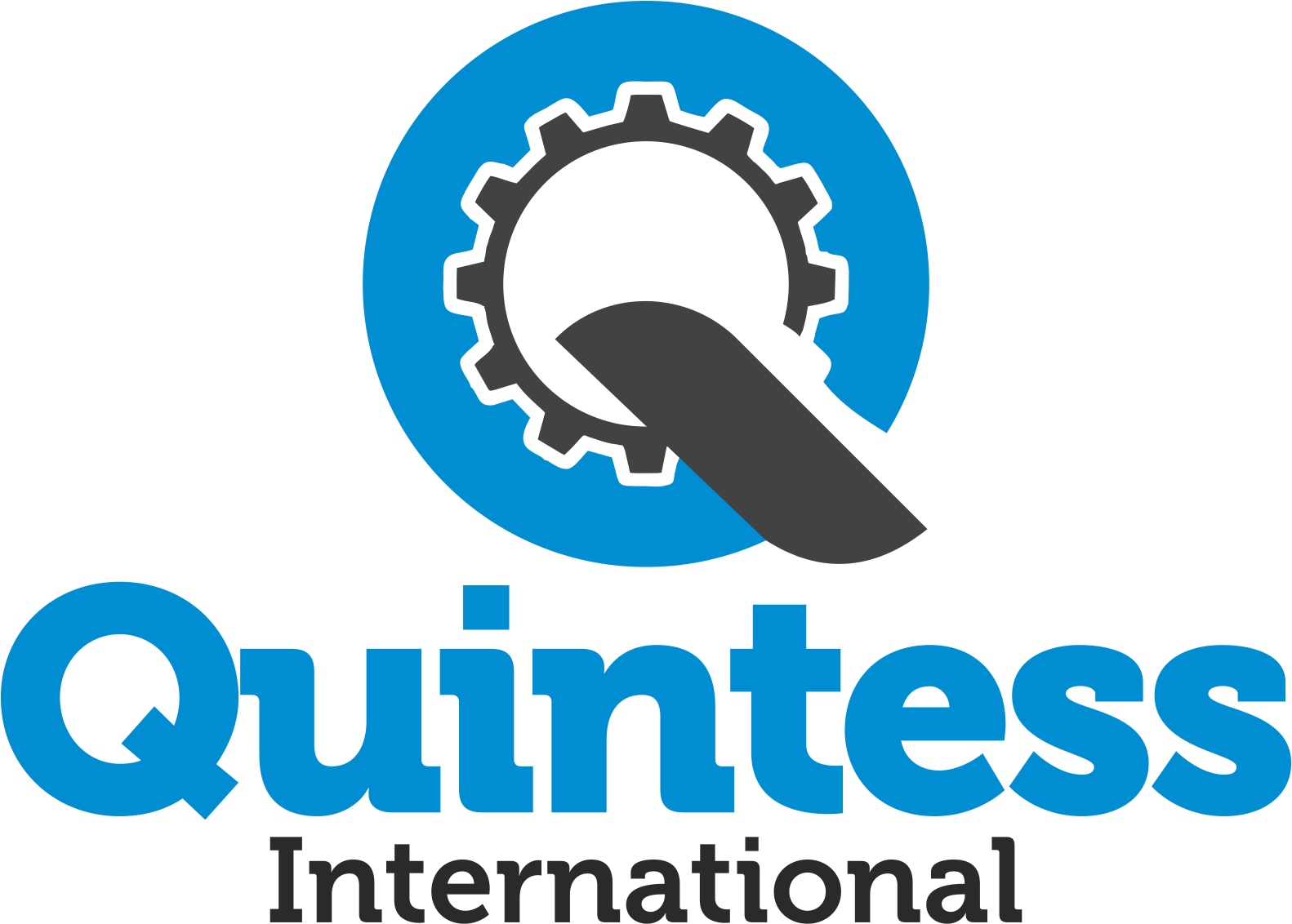Russia’s heavy truck and machinery industry is the backbone of its vast transportation, mining, and construction sectors. This crucial role underscores the importance of each component that contributes to the functionality and reliability of these machines. Key to the performance and durability of these massive machines is a seemingly small yet crucial component: the cylinder liner. Often overlooked, these components play a vital role in engine design, serving as a barrier between the combustion process and the engine block.
Known for enhancing engine efficiency and extending the life of vehicles, cylinder liners are an essential part of Russian truck engines and heavy-duty machinery parts. Their design and material quality directly affect fuel consumption, emissions, and overall performance, making them a focal point for manufacturers and operators alike
Understanding Cylinder Liners: The Heart of an Engine
A cylinder liner (also known as a cylinder sleeve) is a cylindrical part fitted inside the engine block, where the engine’s pistons move up and down. It forms the sliding surface for piston rings while ensuring heat dissipation, compression sealing, and wear resistance.
In the harsh working conditions typical of heavy trucks and mining machinery in Russia, high-quality cylinder liners are crucial for:
-
Maintaining engine compression
-
Reducing engine wear
-
Withstanding extreme temperature variations
-
Ensuring smoother engine operations over long distances
Why Cylinder Liners Are Vital in Russian Heavy Trucks and Machinery
1. Harsh Climate Adaptability
Russia’s terrain and climate range from arctic cold to intense summer heat. Engines in trucks like KamAZ, UralAZ, and heavy machines like BelAZ mining trucks require cylinder liners that can endure extreme temperature shifts without cracking, warping, or rapid wear.
2. Heavy Load and Long-Distance Hauling
Russia’s heavy-duty trucks often haul massive loads over thousands of kilometres. Cylinder liners for Russian trucks must support extended engine life, better heat management, and minimized friction — all critical under continuous heavy load conditions.
3. Cost-Effective Maintenance
In remote mining sites or construction zones, easy and cost-effective engine repairs are vital. Removable wet cylinder liners commonly used in Russian heavy machinery allow quicker engine overhauls without the need for extensive replacements, saving both time and costs.
Types of Cylinder Liners Used in Russian Engines
-
Dry Cylinder Liners:
-
Fitted directly into the cylinder block
-
Used where direct coolant contact is not needed
-
Preferred for smaller commercial vehicles and moderate-duty applications
-
-
Wet Cylinder Liners:
-
Directly exposed to the engine coolant
-
Better heat dissipation
-
Common in heavy-duty Russian trucks and mining equipment engines
-
Key Applications of Cylinder Liners in Russia
| Sector | Application |
|---|---|
| Trucking | Long-haul freight trucks like KamAZ, GAZ, Ural |
| Mining | Massive dump trucks (BelAZ) and loaders |
| Construction | Excavators, bulldozers, cranes |
| Agriculture | Heavy-duty tractors and harvesters |
| Railways | Diesel locomotive engines |
Major Russian Manufacturers and Exporters of Cylinder Liners
Some notable companies supplying high-quality cylinder liners for Russian truck engines and heavy machinery include:
-
KamAZ Spare Parts Division
-
GAZ Group Components
-
Minsk Motor Plant (for Belarus and Russia)
-
Motorpal (Russia-Czech collaboration)
-
Aftermarket Brands like AvtoVAZ and Auto-Component Group
These firms are expanding their global reach, offering Russian spare parts to markets in Asia, Africa, and South America.
Advantages of Russian-Made Cylinder Liners
-
Durability: Built to survive extreme usage conditions
-
Affordability: Lower cost compared to European brands
-
Custom Engineering: Available for a wide range of engine models
-
Aftermarket Availability: Easily sourced for repairs and rebuilds
-
Technological Advancements: Use of advanced alloys and coatings to enhance wear resistance
Growing Export Demand for Russian Cylinder Liners
As global demand for heavy machinery rises, so does the need for reliable engine components from Russia. This growing market trend is particularly evident in emerging economies, where the rapid pace of infrastructure development necessitates a steady supply of durable machinery. Countries in Africa, South Asia, and the Middle East are increasingly importing Russian spare parts, particularly cylinder liners, to meet their infrastructure development needs. These regions are experiencing significant growth in construction and transportation sectors, creating a perfect storm for the demand for high-quality engine components.
Moreover, the competitive pricing and robust quality of Russian engine parts make them attractive alternatives to expensive European or American brands. This affordability allows developing nations to allocate their limited resources more efficiently, thus enabling them to invest in additional machinery and projects. As a result, the appeal of Russian engine components not only fosters economic growth in these regions but also strengthens trade relationships and diversifies supply chains. With the ongoing evolution of the global market, it is likely that this trend will continue, further solidifying Russia’s position as a key player in the heavy machinery sector.
Conclusion
The cylinder liner might seem like a small part compared to the massive trucks and machines it powers, but its role is monumental. In fact, this unassuming component is essential for maintaining the integrity and efficiency of the engine, serving as a protective barrier against heat and wear. In Russia’s heavy truck and machinery sectors, these components ensure that engines run reliably across punishing distances, climates, and terrains. This reliability is crucial, especially in a country where harsh weather conditions and rugged landscapes can challenge even the most robust machinery.
As Russian spare parts — especially cylinder liners — continue gaining international recognition, they symbolize not only Russia’s industrial strength but also its growing influence in the global heavy equipment market. This trend reflects a shift in how the world views Russian engineering, showcasing its ability to produce high-quality components that meet international standards. With this newfound recognition, Russian manufacturers are poised to expand their reach, forging partnerships and entering new markets that were once dominated by other countries.


